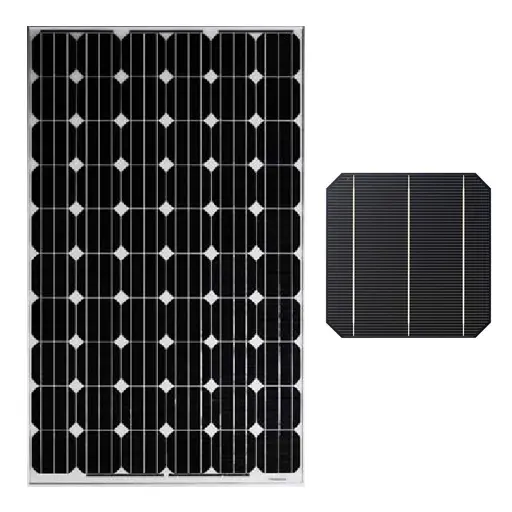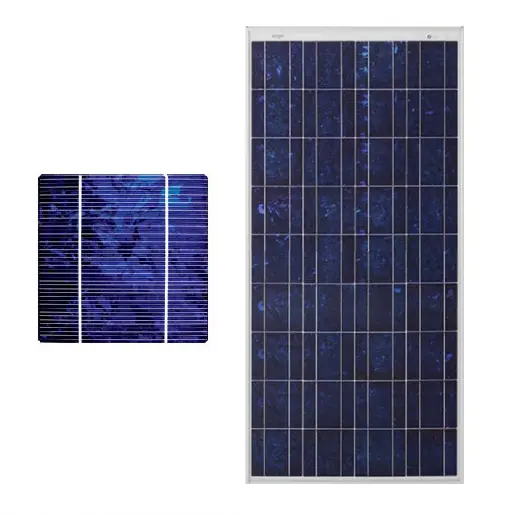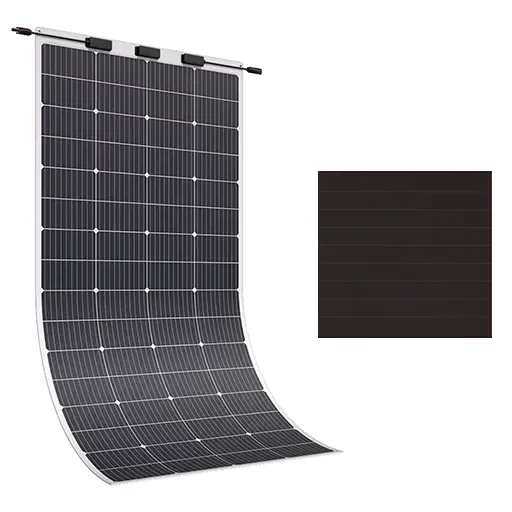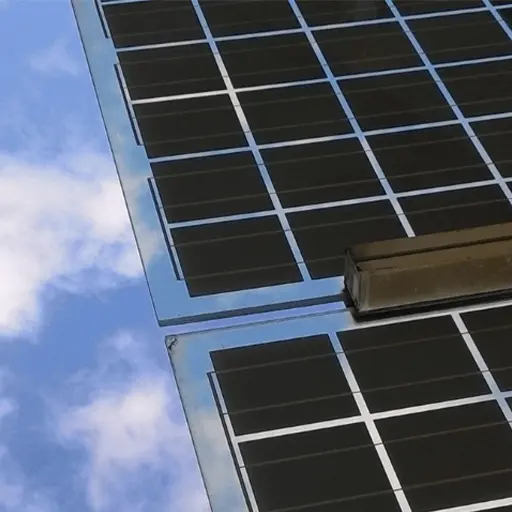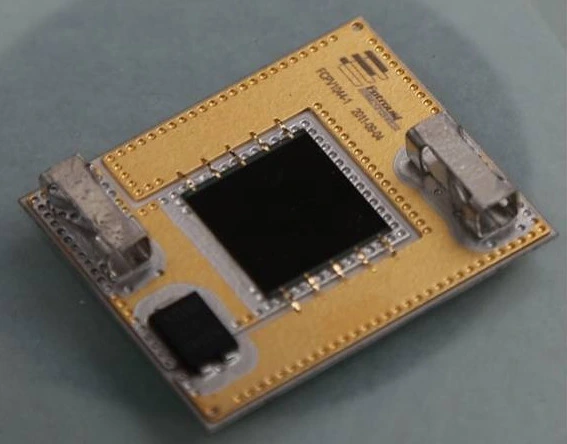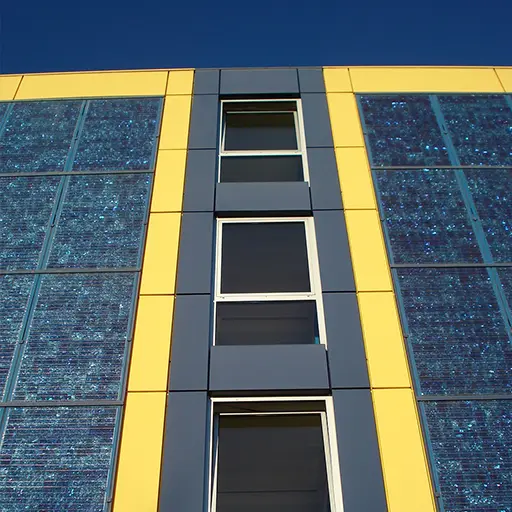Monocrystalline Solar Panels
Monocrystalline solar panels are made from a single crystal of silicon, which makes them highly efficient in converting sunlight into electricity. They are easily recognizable by their black color and uniform appearance. Monocrystalline solar panels are the most expensive type of solar panel, but they are also the most efficient, with an efficiency rate of up to 22%. They are ideal for homeowners with limited roof space but are looking for high efficiency.
- Composition: Made from a single continuous crystal structure of silicon.
- Efficiency: High efficiency (15-22% or higher) due to high purity of silicon.
- Appearance: Dark black color with rounded edges due to the cylindrical silicon ingots.
- Durability: Long lifespan (25+ years) and high performance in low-light conditions.
- Cost: More expensive compared to other types.
- Best Use: Limited space applications where high efficiency is crucial.
